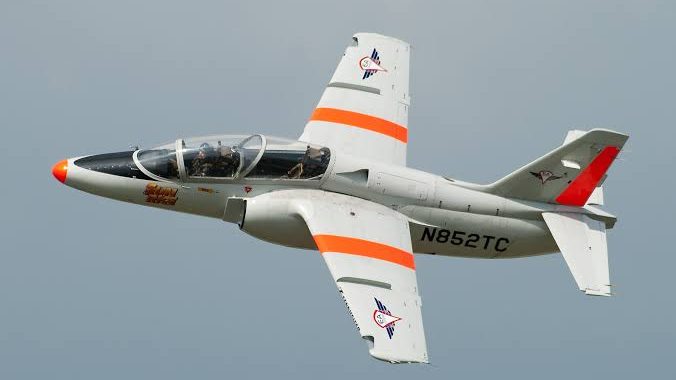Interesting facts about the Alenia Aermacchi S-211
The Alenia Aermacchi S-211 of previously known as SIAI-Marchetti S.211 was the turbofan engine powered military aircraft used for trainer purposes. The aircraft was initially produced by the Italian aircraft manufacturing company by the name SIAI-Marchetti. The development for the Alenia Aermacchi S-211 was started by the Marchetti Company back in 1976 as their private … Continue reading Interesting facts about the Alenia Aermacchi S-211
